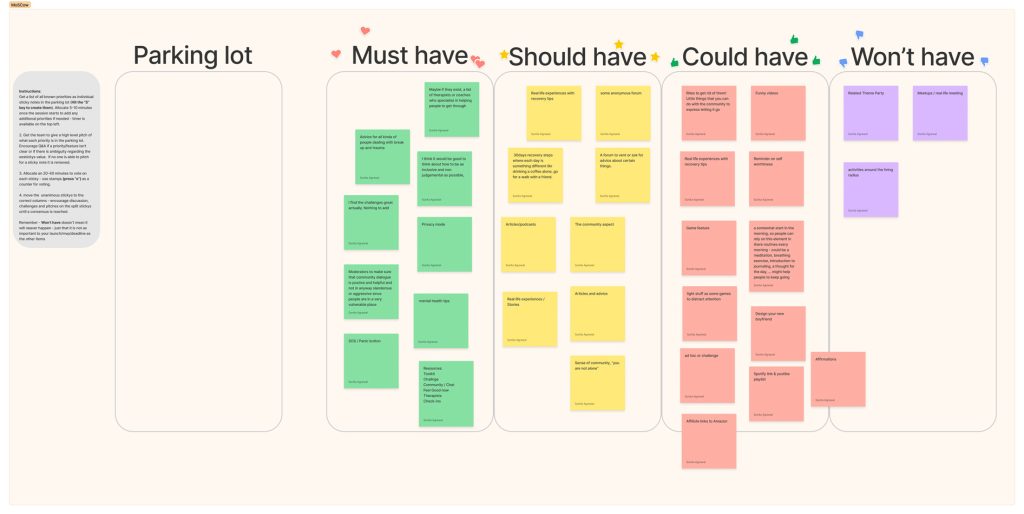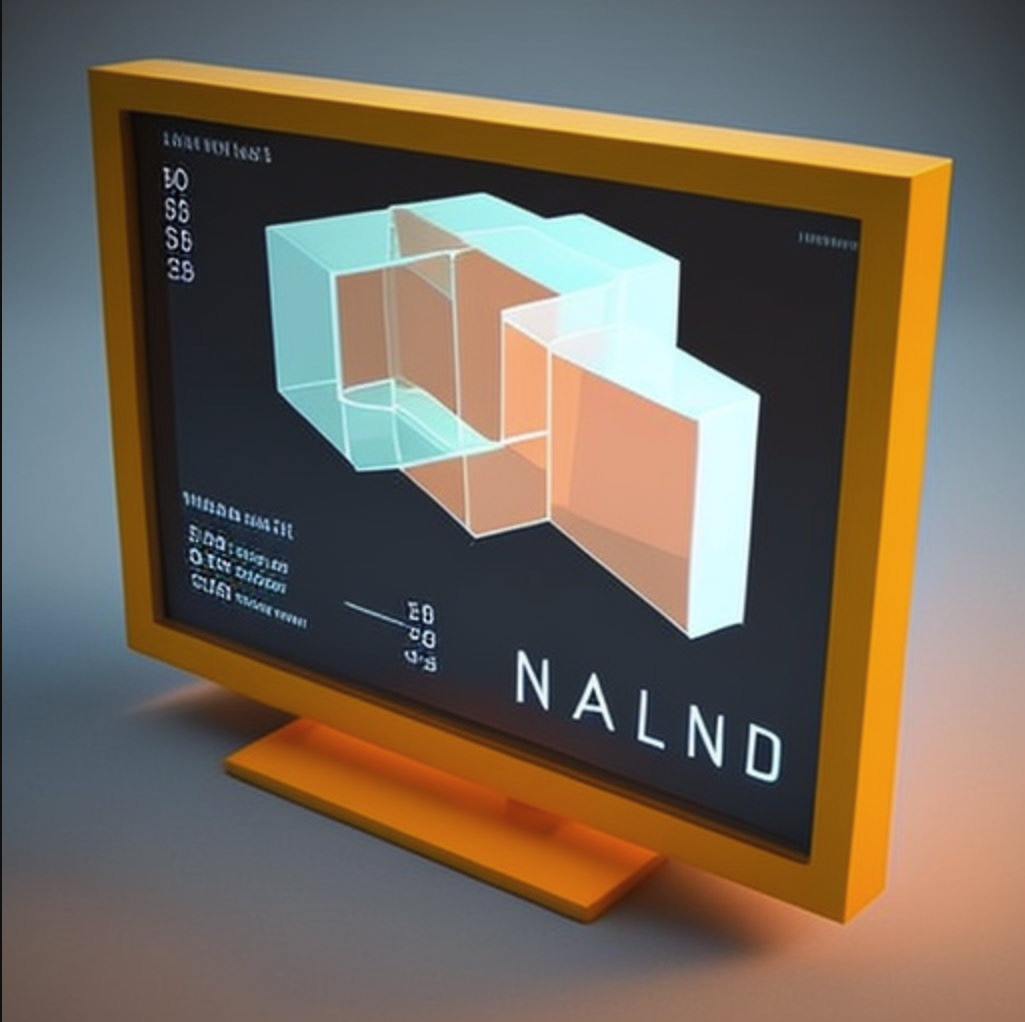As a SaaS company, it is essential to constantly review and improve your digital products to ensure they meet the needs of your users and drive business growth. Redesigning a product can be a complex process, and it is essential to approach it methodically to ensure the best possible outcomes.
One of the first steps in redesigning a digital product is to understand the needs and pain points of your target users. This can be achieved through market research, user interviews, and analytics data. It is crucial to gather as much information as possible about your users to ensure that the redesigned product addresses their needs and addresses any issues they may be experiencing with the current version.
Once you have a clear understanding of your user’s needs, the next step is to prioritize which features to add or remove. This can be achieved through a process known as feature prioritization, which involves evaluating the potential impact of each feature on the user experience and the resources required to implement it. Some common methods for prioritizing features include MoSCoW analysis, Kano analysis, and the ICE framework.
The MoSCow analysis
MoSCoW analysis is a method for categorizing features as Must Have, Should Have, Could Have, or Won’t Have. Must Have features are those that are essential for the product to function, Should Have features are those that would significantly improve the product but are not essential, Could Have features are nice-to-have but not necessary, and Won’t Have features are not included in the current product roadmap.

The Kano analysis
Kano analysis is a method for evaluating the expected satisfaction of a feature based on its presence or absence. It categorizes features as Delighters, Must-Haves, and Indifferents. Delighters are features that significantly enhance the product and create a wow factor for users, Must-Haves are features that users expect and are necessary for the product to function, and Indifferents are features that have no impact on user satisfaction.
The idea behind Kano analysis is that not all product or service features are equal in terms of their impact on customer satisfaction. Some features are basic requirements that customers expect and take for granted, while others are “delighters” that can greatly enhance satisfaction. Kano analysis helps companies identify which features fall into which category, so they can prioritize their development efforts.
To conduct a Kano analysis, companies typically gather data from customers through surveys or focus groups. The data is then plotted on a graph, with the horizontal axis representing the degree of satisfaction and the vertical axis representing the presence or absence of a particular feature. This allows companies to see at a glance which features are most important to customers and which are less so.
As an example, consider a smartphone manufacturer that is considering adding a new feature to its products: water resistance. Some customers may view this as a basic requirement, while others may see it as a “delighter” that greatly enhances their satisfaction. By gathering customer data and plotting it on a Kano graph, the manufacturer can determine the impact of water resistance on customer satisfaction and decide whether or not to proceed with the feature.
The ICE framework
The ICE framework is a tool used to prioritize features or ideas based on their potential impact, confidence, and ease of implementation. It can be used to help teams make informed decisions about which features to build or implement first.
I – Impact: This refers to the potential impact that a feature or idea will have on the business or product. This could be measured in terms of revenue, customer satisfaction, or any other metric that is relevant to the organization. A feature with high impact would be given a higher priority than one with lower impact.
C – Confidence: This refers to the level of confidence that the team has in the feature or idea. This could be based on market research, customer feedback, or the team’s own expertise and experience. A feature that the team is highly confident in would be given a higher priority than one that is more uncertain.
E – Ease of implementation: This refers to the amount of time and resources that will be required to implement the feature or idea. A feature that is quick and easy to implement would be given a higher priority than one that requires a lot of work and resources.
To use the ICE framework, you would first evaluate each feature or idea on each of these three dimensions and assign a score. The scores can then be used to rank the features or ideas and help the team decide which ones to tackle first.
For example, let’s say that a team is considering several new features for a mobile app. They might use the ICE framework to prioritize these features as follows:
I – A new social networking feature has the potential to drive significant user engagement and revenue, so it is given a high impact score.
C – The team has conducted market research and received positive feedback on a new messaging feature, so they have high confidence in its success. It is given a high confidence score.
E – A new payment gateway integration will require significant development time and resources, so it is given a low ease of implementation score.
Based on the ICE scores, the team might decide to prioritize the new social networking feature first, followed by the messaging feature and the payment gateway integration. This helps the team focus on the most valuable and feasible features while also considering the level of risk and uncertainty involved.
.
Once you have prioritized your features, the next step is to create a roadmap for implementing them. This should include a timeline for when each feature will be delivered and any dependencies that need to be addressed. It is essential to regularly review and update the roadmap as priorities and resources change.
In summary, redesigning a digital product is a complex process that requires a thorough understanding of your users’ needs and a methodical approach to feature prioritization. By using techniques such as MoSCoW analysis, Kano analysis, and the ICE framework, you can ensure that your redesigned product delivers maximum value to your users and drives business growth.




